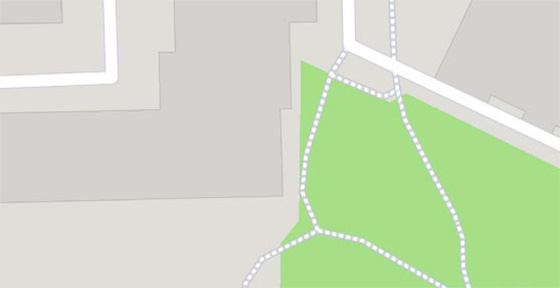Cathedral Uznesenja Blažene Djevice Marije, or the Cathedral of the Assumption of the Blessed Virgin Mary in Pula was founded in the 15th century. The church is located on the site of the former Roman temple of Jupiter and the early Christian basilica. The proof is preserved remains of mosaics from the V-VI centuries as well as antique columns and the Roman sarcophagus.
In 1675, five sarcophagi were found under the main altar, in which the remains of St. George, Saint. Teodora, Saint. Dymitr, St. Demetrius, Saint. Basil and Saint. Flory (from Cordoba), as well as Solomon, king of Hungary. Documents found together with the sarcophagi spoke of this.
Another unusual discovery took place in 1860 - a stone sarcophagus was found in the church, and in it a silver box decorated with images of St. Hermagoras and St. Fortunes, bishops of Aquileia. The golden reliquary hidden in the box probably contained the mortal remains of Thomas the Apostle, the patron of Pula. Currently, the priceless item is in the Kunsthistorisches Museum in Vienna.
Attractions inside




